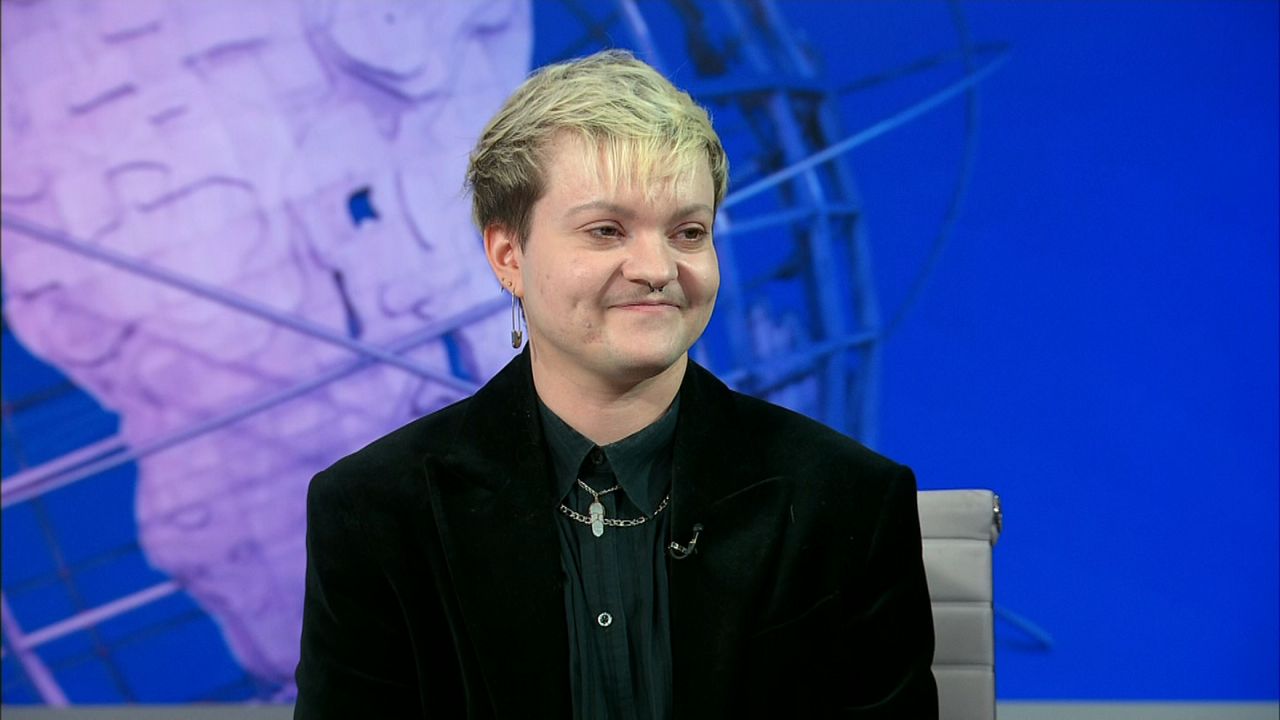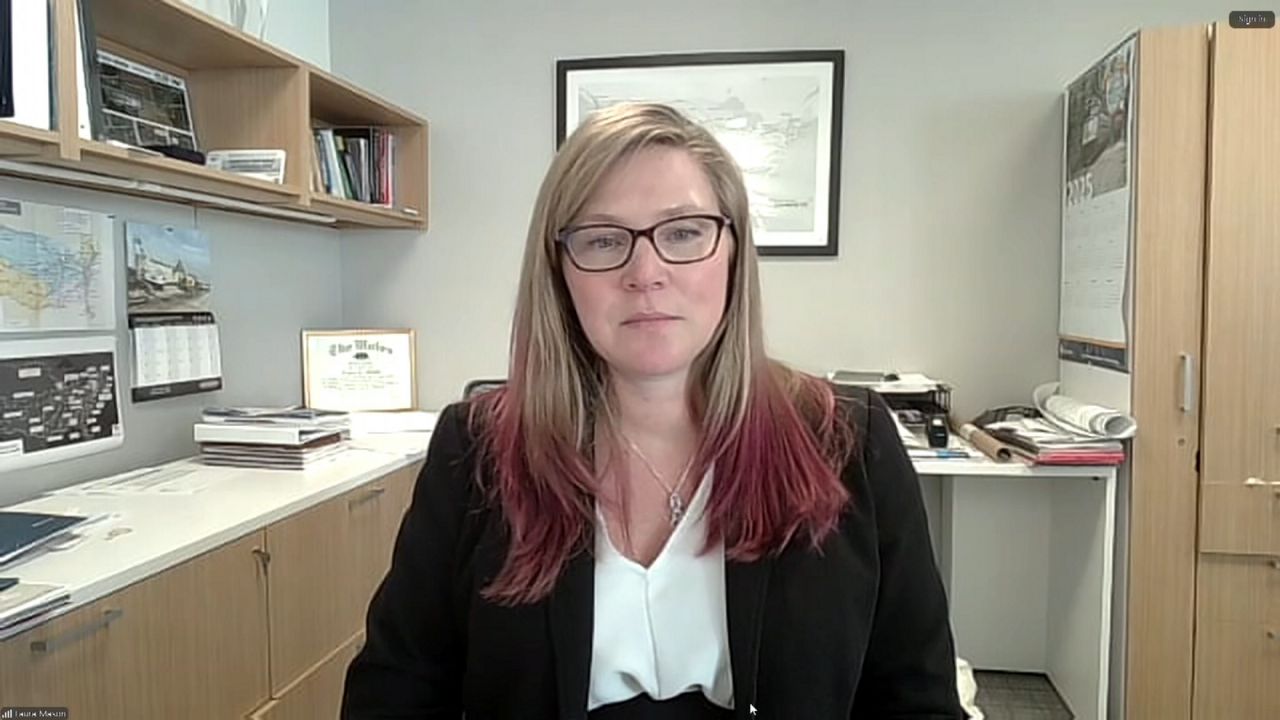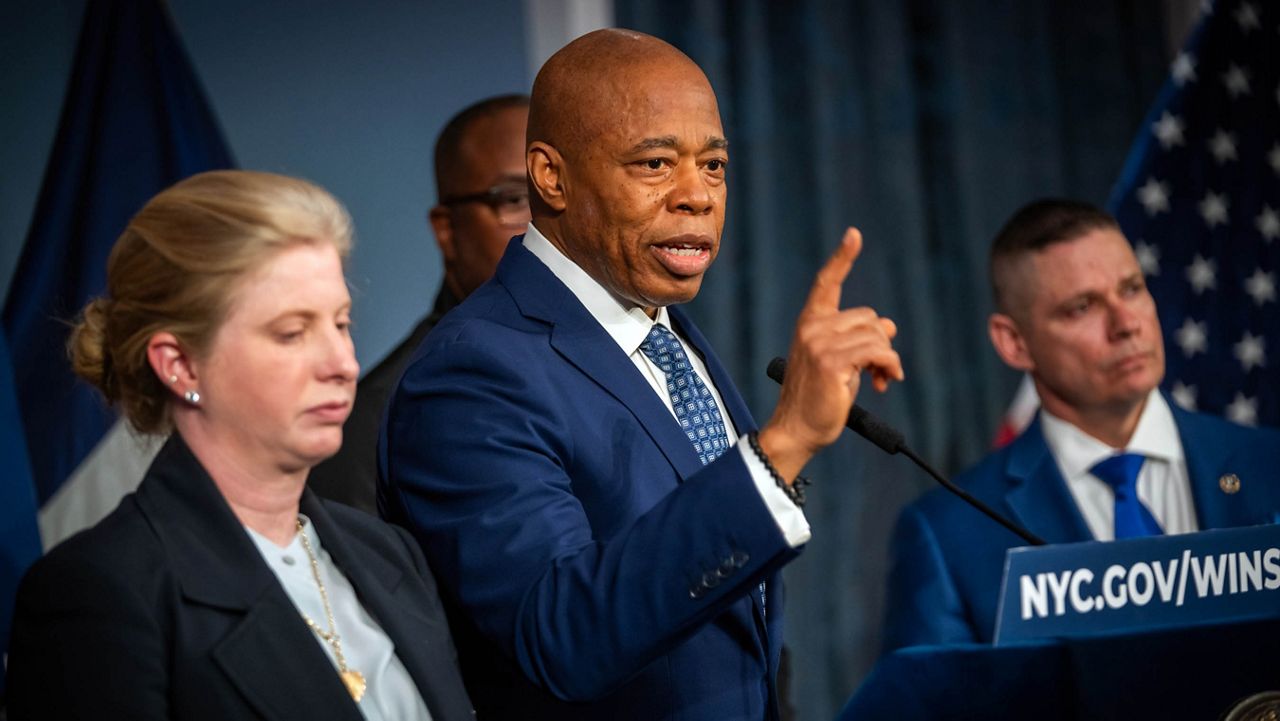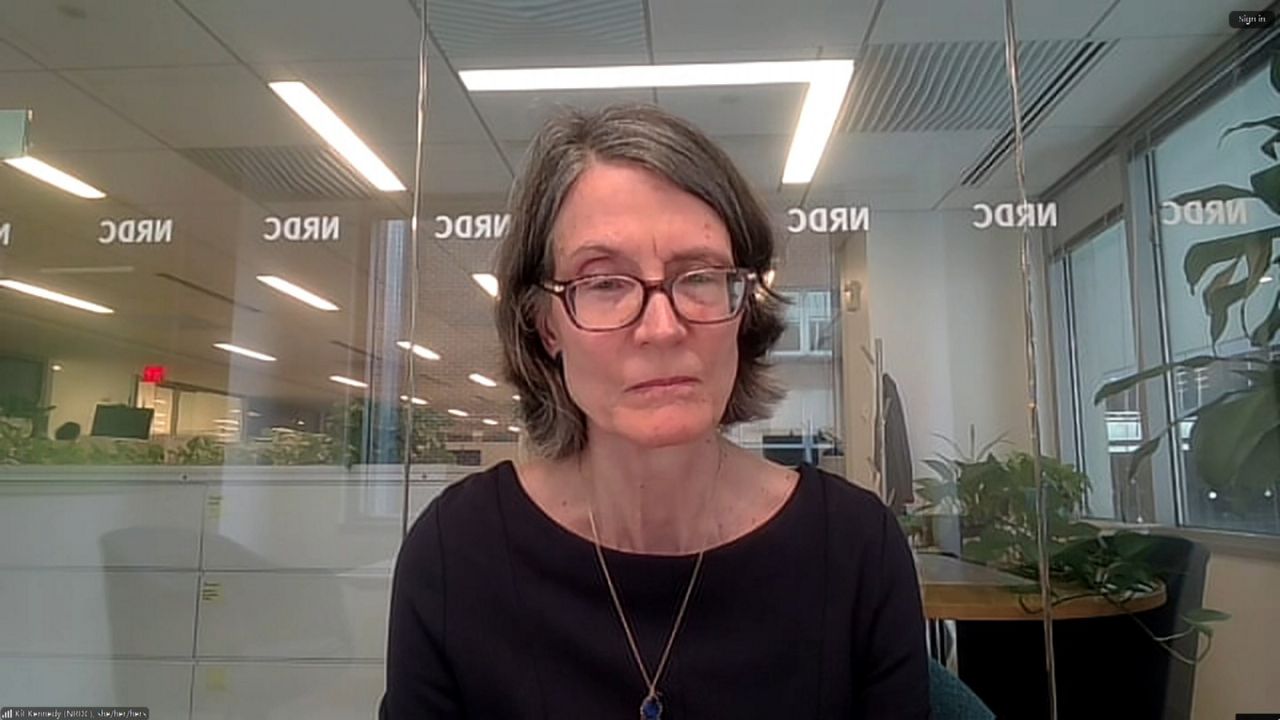Despite years of lawsuits and legislation, the city’s fire department is struggling to boost its diversity, with the latest roadblocks coming from the pandemic and the department’s struggle to fully staff the office that investigates alleged discrimination, according to testimony given in a City Council hearing Monday.
The FDNY’s demographics are completely out of step with the city at large, council members said at the hearing. More than three-fourths of uniformed firefighters are white, while 13% are Hispanic and 8% are Black; 28% of the city is Hispanic, while 20% is Black. About 1% of firefighters are women.
FDNY officials said they were working to increase outreach to underrepresented groups, and reduce wait times for decisions on allegations of discrimination. They said that they are still trying to reform a culture that discourages reporting violations in favor of social cohesion in firehouses.
“It’s not just the cases that come to us, but it's often the cases that never make it to us, or make it to us late,” said Laura Kavanaugh, the FDNY’s acting commissioner.
The equal employment opportunity office only has nine full-time employees, despite being budgeted for 19, Assistant Commissioner Don Nguyen, who leads the office, said at the hearing. Nguyen said the department is struggling to hire a sufficient number of attorneys to address its backlog of cases, similar to other city agencies.
Monday’s hearing came more than two years after the protests around the murder of George Floyd in Minneapolis led to a series of racist incidents in firehouses.
New legislation proposed by the council would require the FDNY to create a plan to make sure its diversity reflected the city’s racial makeup, and issue a report on those efforts annually, as well as start upgrading firehouses to include facilities for women. The legislation would also require diversity training for the entire department and have the FDNY make an annual report on complaints from staff of discrimination.
“The allegations of abuse and harassment are disproportionately made by the people who are least represented in the fire department,” Councilwoman Crystal Hudson said in the hearing. “It’s really important that we continue to deliberately and intentionally support the people who are most marginalized.”
Yet advocates for Black and women firefighters underscored persistent issues with the department’s equal employment opportunity office, which is tasked with investigating instances of discrimination, calling for the office to be restructured.
Firefighters rely on the department to redress racist memes posted in firehouse group chats, anti-Black messages, and images left on lockers and women’s bathrooms used as storage spaces or left unsecured.
In a small department, where social ties across the department run deep, complaining to the office can lead to being ostracized, current and former firefighters testified in the hearing. When they do file complaints, they can wait months without hearing from the office.
“If there is an injustice happening to a woman on this job, she does not speak up,” Jackie-Michele Martinez, a longtime firefighter, said at the hearing.
FDNY officials said they faced other hurdles to improving diversity. Retention in the department is high, meaning that even as the department has diversified the hiring list from which it can select new recruits, there are few open slots to fill each year.
Firefighter hopefuls who take the exam to enter the department’s academy can wait up to six years to be called up, Kavanaugh said, creating a system that privileges applicants who can find steady work in the meantime, or have the resources to support themselves while they prepare for the physical rigors of training.
The FDNY is currently under a federal monitor put in place as a result of a settlement in a 2014 lawsuit over discriminatory practices. Kavanaugh said that there is no end date for the monitor.









